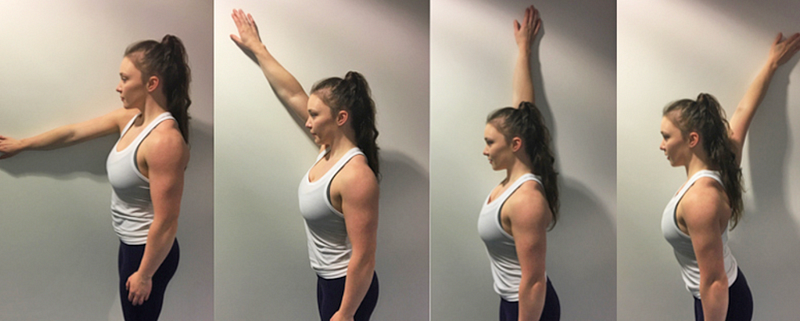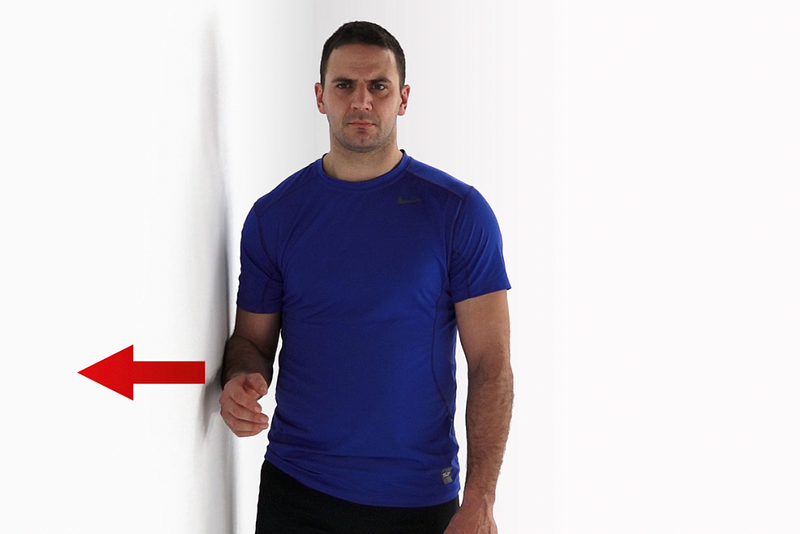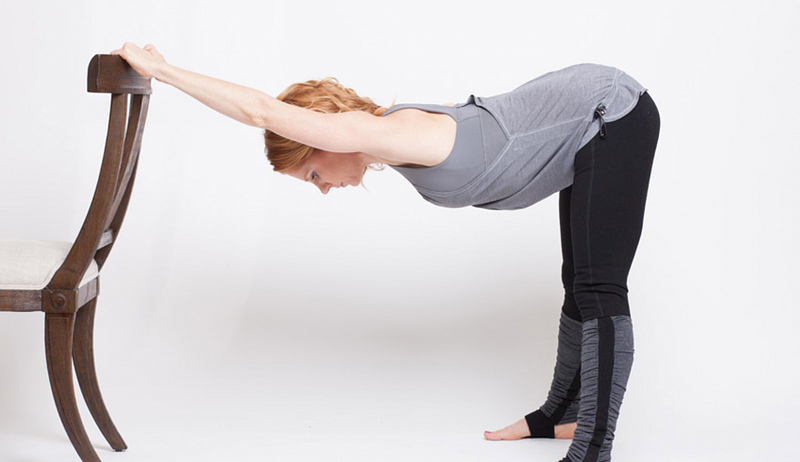# Discover the Simple Solution to Erase Shoulder Pain in Minutes
Written on
Chapter 1: Understanding Shoulder Pain
Shoulder pain can be one of the most challenging musculoskeletal conditions many individuals encounter, yet it is often easier to address than you might think if you harness the power of exercise. After dedicating significant time to studying the shoulder and collaborating with experts in physiotherapy and occupational therapy, one recurring theme has emerged: simplicity is key. Despite the shoulder's intricate structure, engaging in straightforward range of motion and resistance exercises can greatly enhance your functionality and help you bid farewell to pain. Sounds promising, doesn't it?
Today, I will introduce you to three transformative isometric shoulder exercises that require only one universally available resource: a wall.
Section 1.1: The Importance of a Wall in Rehabilitation
You might find it hard to believe, but a wall can become your most valuable ally in recovering from shoulder injuries and maintaining optimal joint health for years. It serves as a stable base, allowing you to challenge your range of motion and functional strength, thereby reducing pain signals and strengthening neglected tissues. In a mere five minutes, you can drastically improve your shoulder health!
Video Description: This video discusses effective methods to alleviate shoulder pain through simple exercises you can do at home.
Section 1.2: Preparing for Your Shoulder Routine
As mentioned earlier, this program is designed to expose and strengthen the weaker tissues surrounding the shoulder complex. While it is safe for individuals without prior injuries, those with a history of pain should consult a healthcare professional before beginning. If you proceed with caution and prioritize proper form, you can expect initial soreness to transform into increased strength and functionality.
Aim for 3–4 sessions each week, but feel free to increase frequency as you become more comfortable. Although each exercise is isometric (static), we will incorporate brief 'pulses' to enhance engagement and effectiveness from a therapeutic perspective. Remember to take deep breaths throughout the routine!
Warm-Up: Wall-Assisted Shoulder Circles

Application: 5–8 repetitions per side (only backward)
Cues: Stand 1-2 feet away from the wall, parallel to it. Place one hand on the wall and slide it upwards as high as your range of motion allows. Aim for a complete backstroke movement, but if this proves too difficult, simply reach as high as possible and return to a neutral position. If your range of motion is severely limited, consider stepping further away from the wall.
1) Isometric External Rotation

Application: 8–10 repetitions with a 3-second hold
Cues: Position yourself at the edge of a wall with your elbow flexed at 90 degrees, resting the back of your hand against the surface. Externally rotate your shoulder to increase pressure against the wall. Once you find a challenging contraction level, apply pressure for 3 seconds followed by a 2-second rest. Keep the shoulder relaxed and the elbow at 90 degrees; the forearm should be the only moving part during the pulses. This focused approach will help strengthen your external rotators that are often overshadowed by larger muscles like the traps and rhomboids.
2) Isometric Internal Rotation

Application: 8–10 repetitions with a 3-second hold
Cues: Utilize the same cues as above, but this time rotate your shoulder inward to press your hand against the wall. This movement may engage your chest muscles, making it feel easier than the external rotation, yet it remains equally crucial.
3) Static Straight-Arm Lat Pulldown

Application: 8–10 repetitions with a 3-second hold
Cues: Position yourself behind a chair and grab the backrest. This can also be performed against a wall with stable anchors. Step back until you can hinge at the hips without bending your elbows. Lower your chest towards the floor while keeping your arms straight. Once in position, push down with your hands to activate the lat muscles. This exercise will significantly enhance overhead mobility while targeting often neglected muscles.
4) BONUS! Shoulder Tap Plank

Application: 2 sets of 30 seconds to 1 minute (or 10–20 repetitions per side)
Cues: Begin in a push-up position. Touch your shoulder with the opposite hand while maintaining stability in your hips. For an added challenge, bring your feet closer together! This exercise serves as excellent core training with the added benefit of strengthening the shoulders.
In Conclusion
Overcoming pain and developing functional shoulder strength has never been more accessible. With just a wall at your disposal, you have everything you need to enhance your range of motion and alleviate persistent pain through a non-invasive, sustainable approach. This can significantly improve your quality of life and minimize injury risk in the long run.
What’s stopping you from getting started?
Video Description: This video provides effective shoulder impingement exercises to help eliminate shoulder pain.